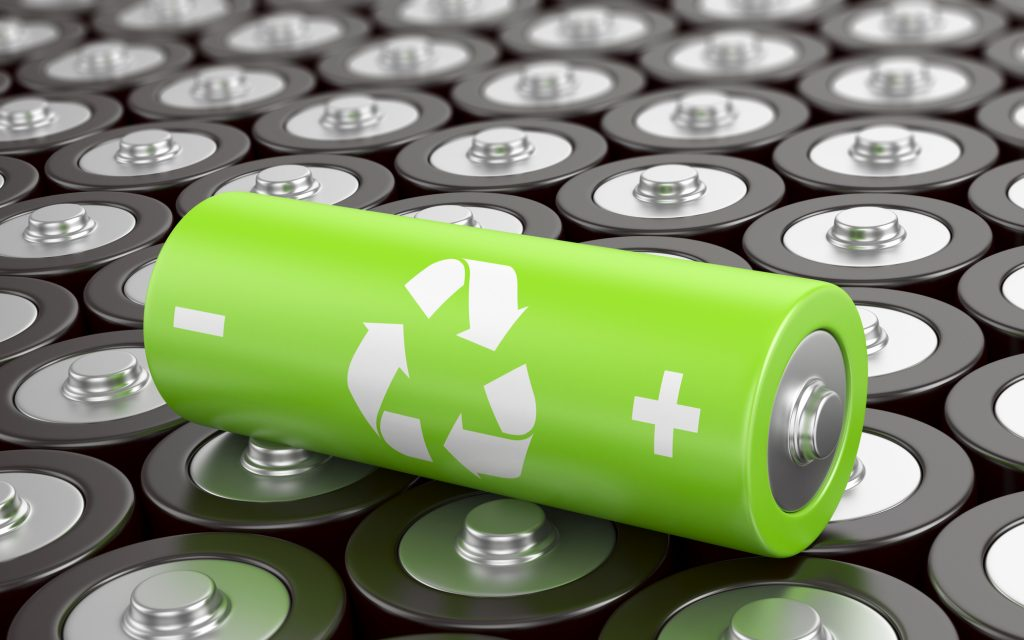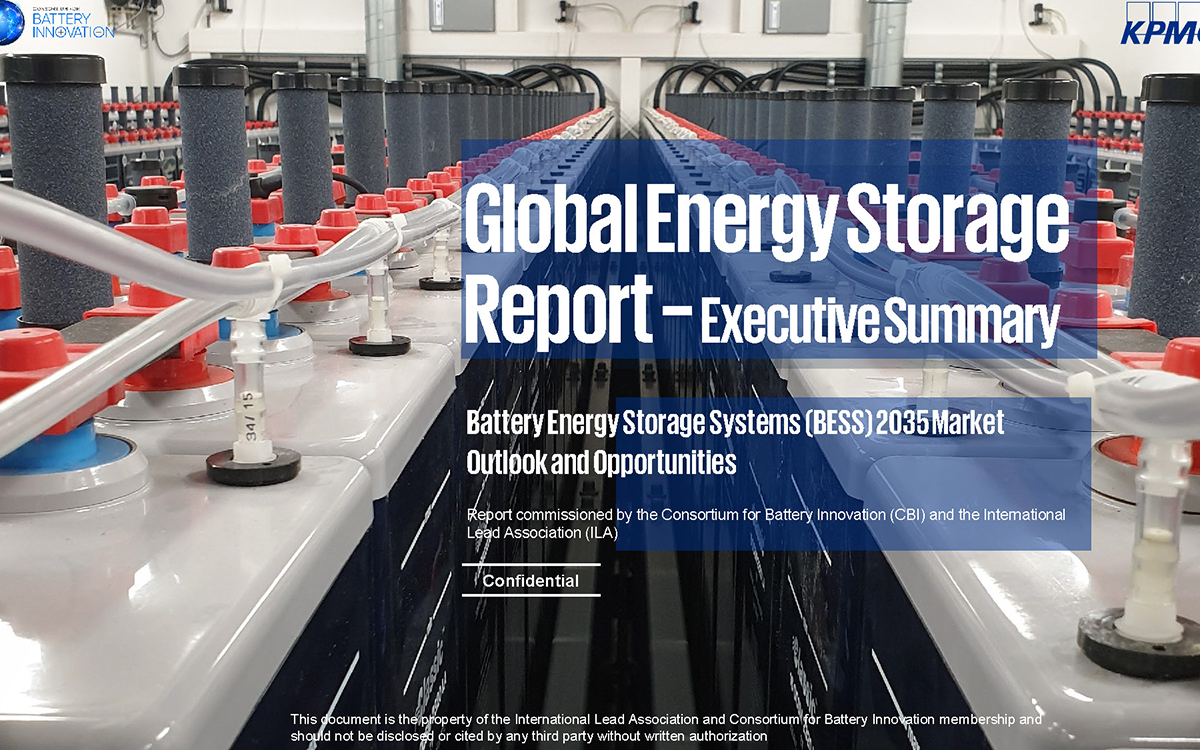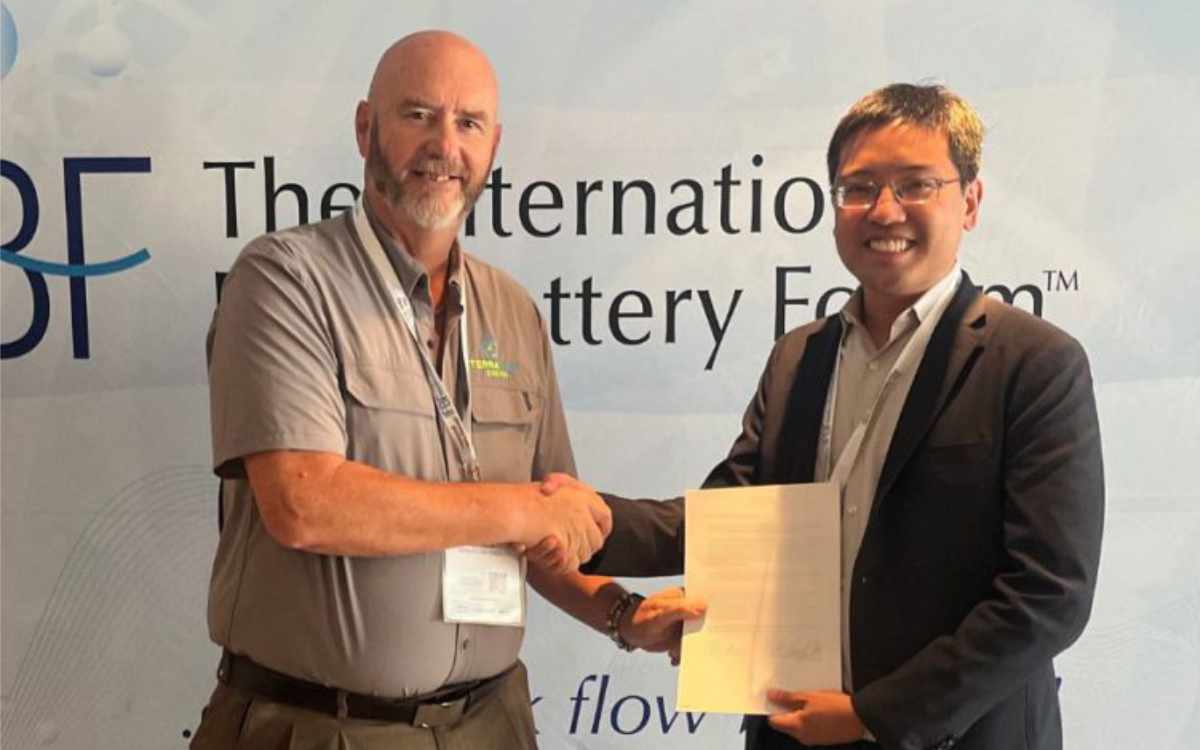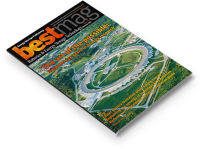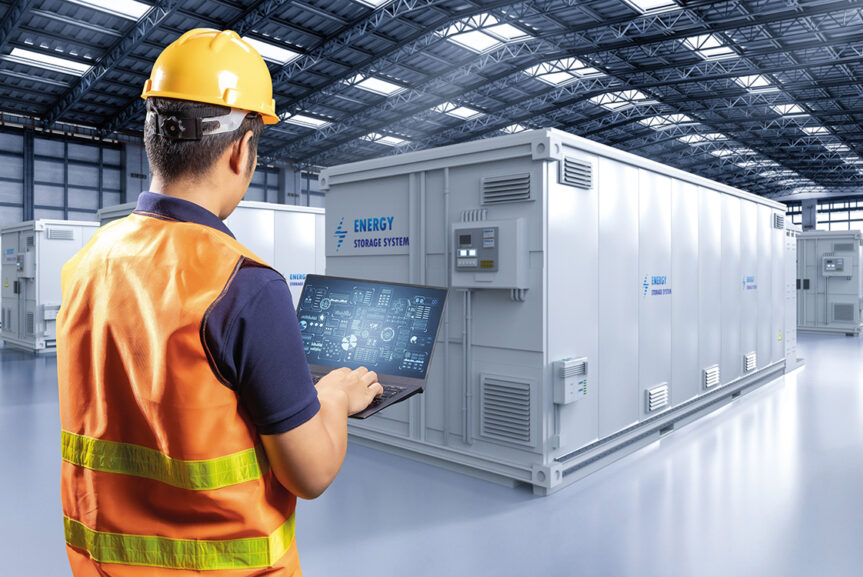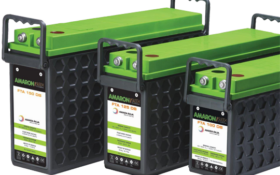The fourth International Conference on Lead & Lead Batteries, organised by the India Lead Zinc Development Association (ILZDA), drew 230 delegates from India and abroad to New Delhi in December. Association director L Pugazhenthy shares his reflections.
Technical presentations covered battery technology and markets, including outlook, battery energy storage systems (BESS), battery management systems (BMS), e-rickshaws and nano materials.
The first technical presentation by Dr Dipak Sen Choudhury of Exide outlined the transformation in the business of energy storage, between traditional flooded lead-acid systems on stands or VRLA in modules – where full DC systems are being provided and may be containerised or in a custom-built enclosure.
He said a battery bank of 480V with 3600Ah and six strings, each with 240 cells of 600Ah, provides four hours storage in a 200kW battery. For 500kW and four hours’ storage, he recommended a 720V battery bank at 6000Ah. This would be made up of 10 strings, each with 360 cells and 600Ah. The BMS ensures the battery bank performs safely and efficiently.
Dr Nanjan Sugumaran’s presentation focussed on high life lead-acid batteries being a game changer for e-rickshaws. For electric vehicles (EVs), different types of lead-acid and lithium-ion batteries have been successfully implemented, such as 2W VRLAs and LFPs and 4W NMC/NCA and LFPs in China.
Three-wheeler EVs in the Indian, Bangladeshi, Nepalese and Chinese markets are dominated by flooded tubular batteries and LFPs. Lead-acid has a lower consistency in quality and battery life in comparison to lithium, according to this battery consultant.
But the materials and manufacturing are local and lead-acid batteries are 100% recyclable, he said. The presentation stated there is space for both types of batteries if lead-acid battery life increases to 400–600 cycles. But, if lead-acid batteries can be improved to 1,000 cycles, LFP would be “out of the market”. Equally, if lead-acid batteries do not improve in performance then they will be out of the market too, he said.
Nanocarbons
The presentation by Dr Akshay Jain, CEO of battery materials company Cancrie, talked about the role of nanocarbons. Converting lignocellulosic waste into nanocarbons through a patented process has led to higher efficiency and longer life storage, he said. There are 250 or more of these carbon prototypes which have been used with multiple technologies such as lead-acid, lithium-ion and sodium-ion. Nanocarbons are placed into the plates between the anode and cathode, or in the cathode in some instances, such as with lithium batteries.
He said the presentation showed only between 4–6% increases in battery capacity for C5, C3, C2 and C1 rates between the control battery and the popular brand in the market.
Recycling
The sessions on recycling and regulations covered circular economy, green lead, best practices in lead recycling, carbon footprints, health, recycling in Africa, used lead-acid battery management, compliance etc.
L Pugazhenthy’s presentation stated there are an estimated 1.10 million tonnes of secondary lead within the India’s lead industry, making up 74% of India’s lead being used. Only 13% is primary and 13% is imported, he said.
This is higher than the global average, where 65% of refined lead metal was from recycled material, according to Pugazhenthy. He showed how air pollution control systems are being put in place to capture dust and contaminants. Part of this discussion involved looking at the transition from temple-shaped furnaces, called Mandir Bhatti in Hindi, to rotary furnaces.
He repeated his call for informal recycling to be eliminated and the adoption of best practices.
Mitigation
The presentation from Dr Thuppil Venkatesh talked about the health impacts of used lead-acid batteries (ULABs). The negative effect on people’s health, including work in recycling ULAB batteries, can be mitigated he said.
Measures to mitigate the spread and contamination of lead to the workers and their families include engineering controls such as ventilation and containment, and medical removal protection for employees with elevated levels of lead in their blood. There are limitations to some of these measures, according to Dr Venkatesh, where urine lead tests show varied amounts of lead.
Vijay Pareek of recycling company Gravita stated that India is aiming for a 360⁰ product life cycle for lead-acid batteries with a circular economy. India’s automotive market is expected to reach $160 billion by 2027, with its low cost of production. The EV segment is especially primed for growth, with an estimated increase in a compound annual growth rate (CAGR) of more than 40% from 2023–2030, he said.
The opportunity for recycling is clear, as new regulation on waste management and extended producer’s responsibility after the life cycle of products have been implemented. This would rely on a good relationship between producers, the government and recyclers, his presentation stated.
Lead consultant Mark Stevenson stated there is a hurdle in the recycling of lead-acid batteries, surrounding sulphur – specifically lead sulphate for which there is no current proposed process to convert to lead metal.
In some cases, lead oxide cannot be converted to oxide as well, he said. Desulphurisation needs to be done in the smelters. Complex chemical steps have been suggested to decompose lead oxide. For lead dioxide, heating above 300°C is enough to convert it to lead oxide in smelting.
New entrants to the market should take the time to understand where processes that can make lead-acid battery recycling better can be implemented. It is likely to be successful to focus on treating residues and by-products from primary and secondary operations such as flue dusts and drosses, according to his presentation.
Occupational health and safety gains made for primary lead need to be mirrored for the secondary industry, he said. He reiterated that secondary lead recycling involves the whole battery being treated, not just lead. It includes numerous components, compounds and elements.
Concluding thoughts
In all, 27 technical presentations were made. It was strongly felt that, while the lead and lead battery industry will witness technology developments, market expansion, quality improvements, skill development etc, the main challenge in India is to control and minimise informal lead recycling by streamlining an organised collection of used lead batteries.
This needs voluntary involvement and compliance by everyone concerned: manufacturers, recyclers, customers, regulatory bodies, citizens etc.
Additional reporting by Murthaza Ali-Hassan.
Photo: Speakers, left–right: G. Chandrasekhar, L. Pugazhenthy, Preeti Bajaj, Mark Stevenson, Lisa Allen, Rakesh Malhotra. ILZDA



